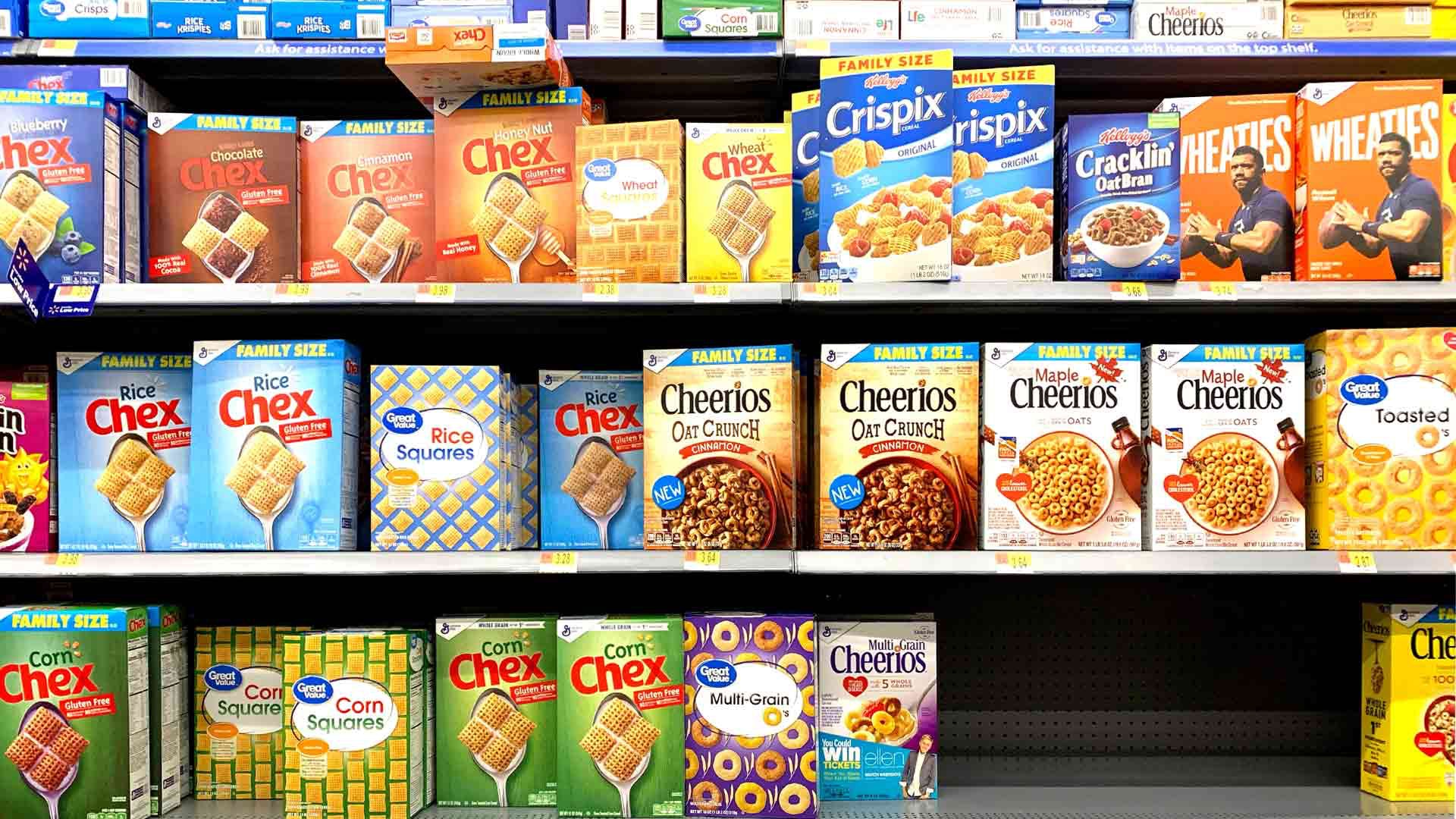Buc-ee’s. Don’t call it a convenience store. In Texas, it’s an institution.
When you walk into a Buc-ee’s (for the non-Texans reading this, it’s pronounced “bucky’s”) for the first time, you’re flabbergasted by this roadside Disneyland. Not just the square footage, but the entire over-the-top experience—the scores of fuel pumps outside, and the numerous aisles of snacks, drinks, and merchandise inside. The aroma of freshly chopped brisket sandwiches, the lure of “beaver nugget” sweet corn puffs, and the towers of grinning buck-toothed beaver stuffed animals.
Proud Texans like my parents grin from ear to ear while escorting wide-eyed visitors through a Buc-ee’s for the first time. And newbies like me usually return to their vehicles with a much lighter wallet, especially if the kids have anything to say about it.
Originally, the Buc-ee’s claim to fame was immaculate bathrooms, which is something any traveler who’s ever had to brave a nasty gas station bathroom can appreciate. And it’s something Buc-ee’s exploited to full effect with early billboards like “Only 262 miles to Buc-ee’s. You Can Hold It.” and “Top Two Reasons to Stop at Buc-ee’s: #1 and #2.”
Today, Buc-ee’s has a cleaning crew army who ensure the acres of toilets stay spotless. But it’s the consistent delivery of the whole “everything’s bigger” experience that inspires such crazy loyalty across the Lone Star State.
So what can you learn about inspiring customer loyalty from a company like Buc-ee’s? Let’s break down the process for establishing a clear brand promise, whether it’s spotless bathrooms, frictionless car-buying, or a familiar meal anywhere you go.
Research your starting point
Before you get deep into your brand identity, you need to know your starting point. Markets are always moving and the consumer path to purchase is no longer linear, so you need to perform some research on the current situation in your industry. (Check out my previous post for some helpful guidance.) This is where a branding agency can bring some real value with objective research on key themes, how you stack up against your competitors, and emerging industry trends.
Key questions to ask in this research include:
- What key themes keep rising to the surface?
- What seems to be the most surprising? Where is there disagreement?
- How is technology affecting buyer behavior?
- How does this trend relate to the customer? To my company? To competitors? To startups?
- What regulations, trade agreements, or other developments are in play?
- What new opportunities are on the horizon?
- Where is the greatest uncertainty? Where are potential threats?
- How do we seem to be positioned? What about our key competitors?
Then define your brand elements…
Once you know your starting point, you can start refining your brand identity, a process that can involve stakeholder interviews and surveying your employees and customers.
An essential part of this process for Element Three is creating a brand wheel that breaks your brand down into five categories: Attributes, Benefits, Values, Personality, and Essence.
- Attributes: Surface-level facts about your company
- Benefits: The value you provide to your customers
- Values: The kind of company you want to be
- Personality: Your working style and how you solve problems (imagine your brand as a person)
- Brand essence: The core of who you are as a business
Read this post for a deeper dive on the brand wheel. We’re going to the heart of the matter.
Including your values and essence…
Maybe you emphasize your company’s core values. But there’s a good chance you don’t.
As Harvard Business Review observes, many companies are great at defining their product brands, but are less sure about what their corporate brand stands for. This is especially true when the company has a history of focusing on mergers or acquisitions.
So invest time and effort in defining your core values. Ask yourself: Why are you in business? What is it that makes your company tick? What’s your secret sauce? Those core values should be at the heart of what you promise to your customers.
For example, here are Element Three’s core values and how they benefit our clients:
- Awesome comes standard
- Value: Expect excellence of yourself and your work. Every single day.
- Client benefit: Consistent excellence in marketing strategy and execution
- Business first
- Value: Focus on business results. Know the impact of your decisions.
- Client benefit: Clear business goals and a commitment to maximize return on investment
- Emotional intelligence
- Value: Be in control of your emotions. Know what you feel. Be aware of the impact your behavior has on others.
- Client benefit: Clear expectation setting. Friendly, professional interactions.
- Stay curious
- Value: Ask why. Search more. Participate. Create. Don’t ever rest in the belief that you have it all figured out. Always be looking forward to what is next.
- Client benefit: A constant exploration of ways to leverage what’s next, such as new marketing channels and emerging trends
- Transparency
- Value: Speak your mind. Contribute authentically. Pure motives.
- Client benefit: Honest conversations, even when it’s not something the client may want to hear
- Creative swagger
- Value: Leverage the power of creative thinking and collaboration. Deliver brilliant, standout ideas and creative that are on strategy.
- Client benefit: Awesome creative that comes from our commitment to cultivating creativity and exploring new ways to develop and communicate big ideas
- Own selflessly
- Value: Take ownership. Then celebrate as a team. The work and the team come first. Be willing to jump in or out as needed.
- Client benefit: A dedication to getting the job done and achieving business results rather than focusing on personal rewards
A thorough understanding of your core values can help you refine your sense of your company’s mission and vision. All of which serves as the foundation of the true value that you offer your customers.
Check out five companies with core values that stand out from the pack for some inspiration.
And how you deliver value…
Now that you’re clear on your core values, it’s time to turn your attention to your brand promise. What do your customers expect, and how do you optimize the delivery of your products and services so that you meet or exceed those expectations every time?
Because at the end of the day, that’s what it all comes down to. Your sales and marketing makes a promise to the marketplace, and then your R&D, supply chain, and customer support either follow through on that promise, or not.
Consider McDonald’s. Say what you will about the golden arches, but whether I’m in Paris, France or Paris, Texas, I know exactly what I’m going to get. An affordable, familiar meal delivered quickly in a clean environment.
Same thing with Starbucks. It’s a reliable source of coffee and food items delivered in a relaxing environment where I can work, meet a client, or just hang out.
Just make sure what you deliver and how you deliver it aligns with your market and geography. For example, would Buc-ee’s be so successful in New York or California? Clean bathrooms, sure. But the whole shebang? Maybe not, at least not at first.
Time after time.
There’s also a lot to be said for consistent performance. Amazon has smashed every industry in sight by consistently delivering on a clear promise: convenient, speedy delivery of just about everything under the sun.
And startups have done their share of disruption with reliable delivery of a compelling brand promise.
Carvana: You can buy a car in just minutes while bypassing the dreaded dealership experience. All epitomized by their patented car vending machines.
Uber: Uber is all about movement and their mission to “ignite opportunity by setting the world in motion.” For the customer, that translates to the freedom to get a ride nearly anywhere with just a few taps on your smartphone.
Airbnb: In a world of Brexits, trade wars, and divisive politics, Airbnb’s idea of “Belong Anywhere” is a powerful one. It’s an idea that continues to disrupt the hotel industry.
So in developing a clear understanding of your brand you have to know:
What is it that differentiates you from the pack? Is it spotless bathrooms? A cup of coffee in a welcoming environment? Or a frictionless car transaction?
And how can you deliver it consistently, time after time?
After all, a promise is only good if it’s kept.





